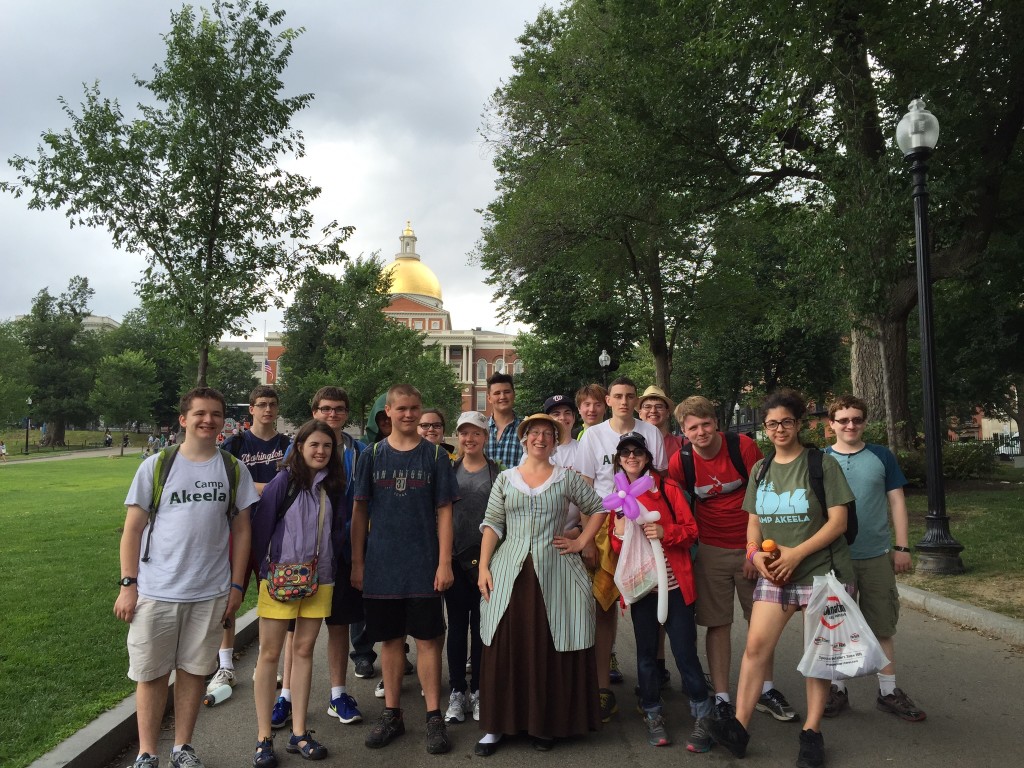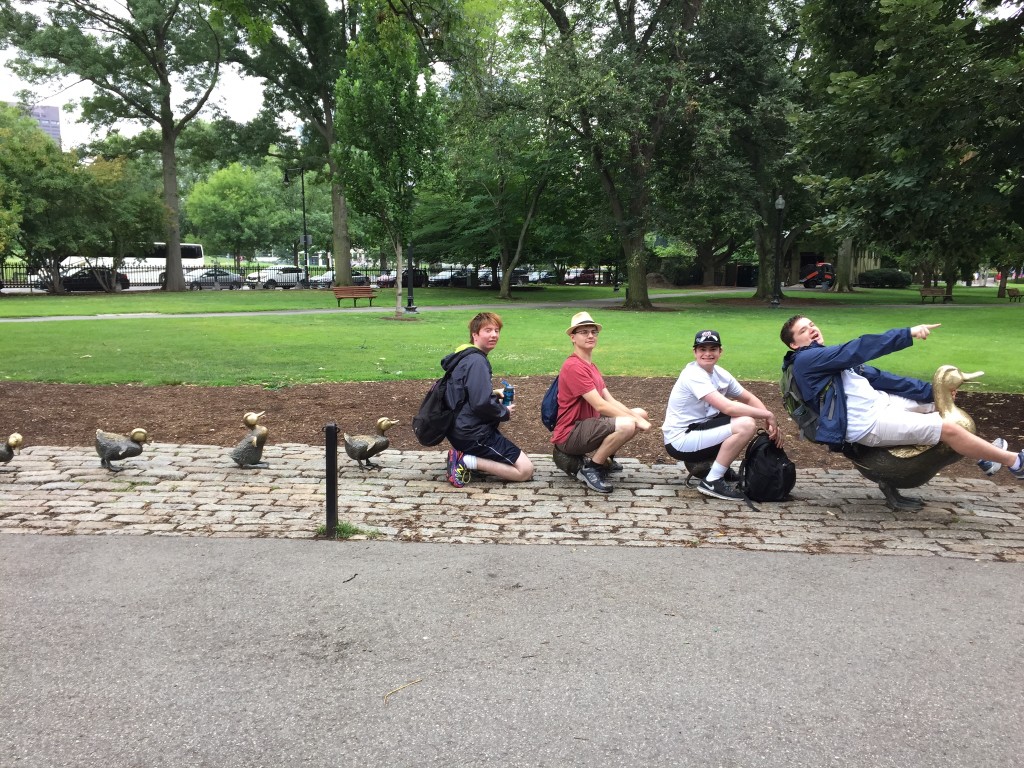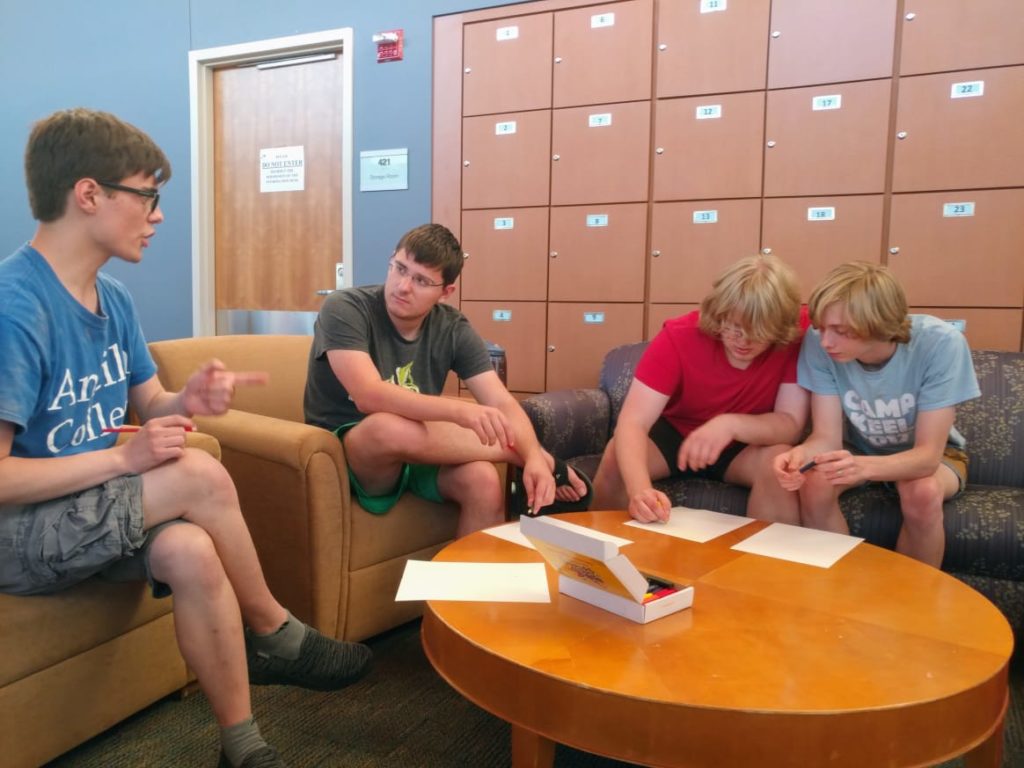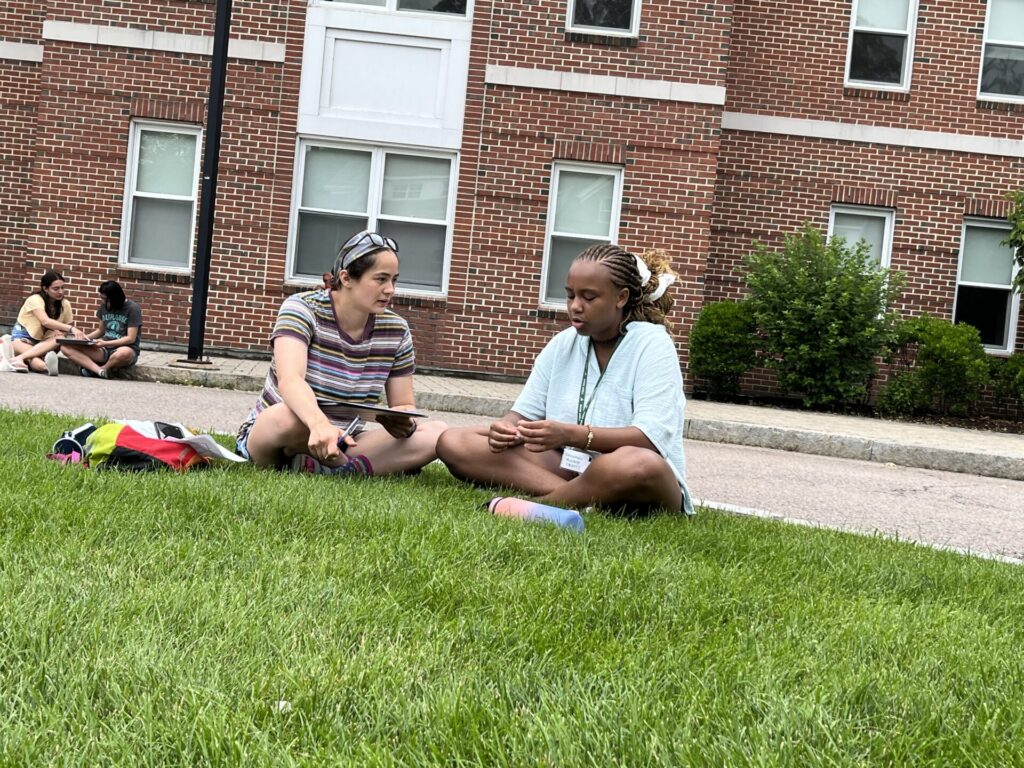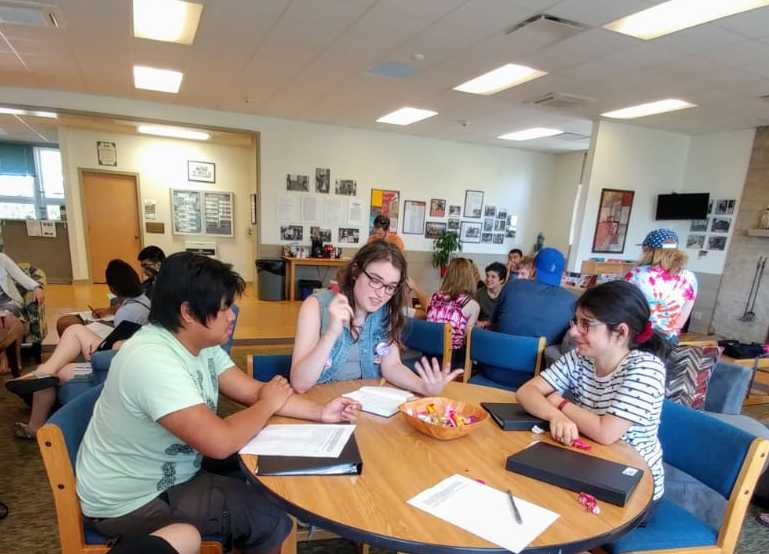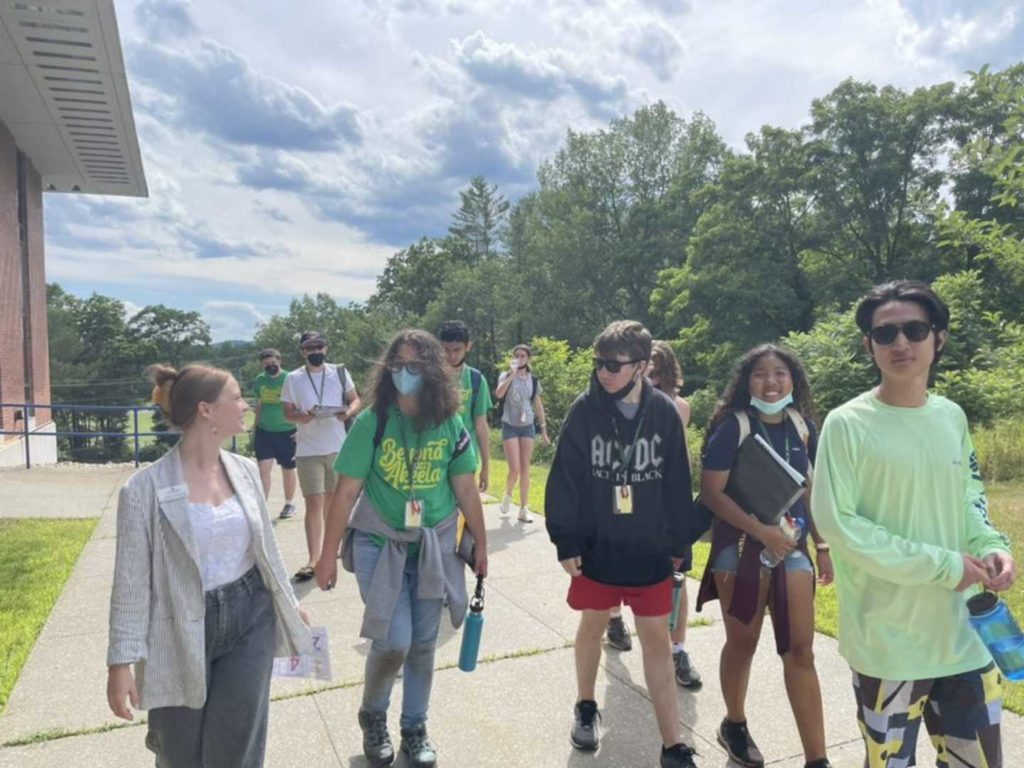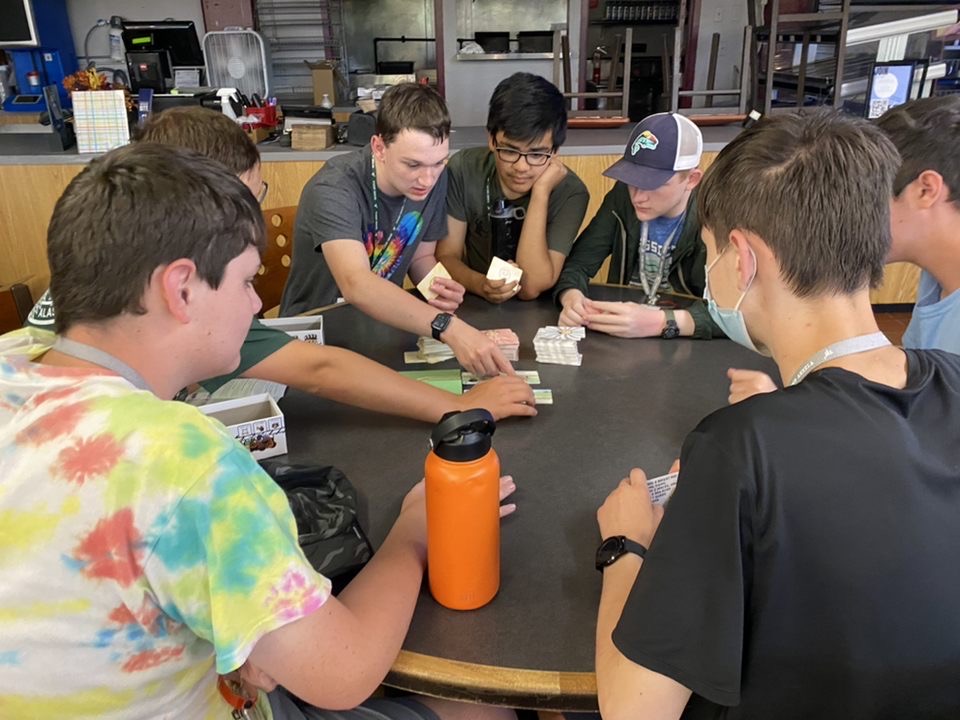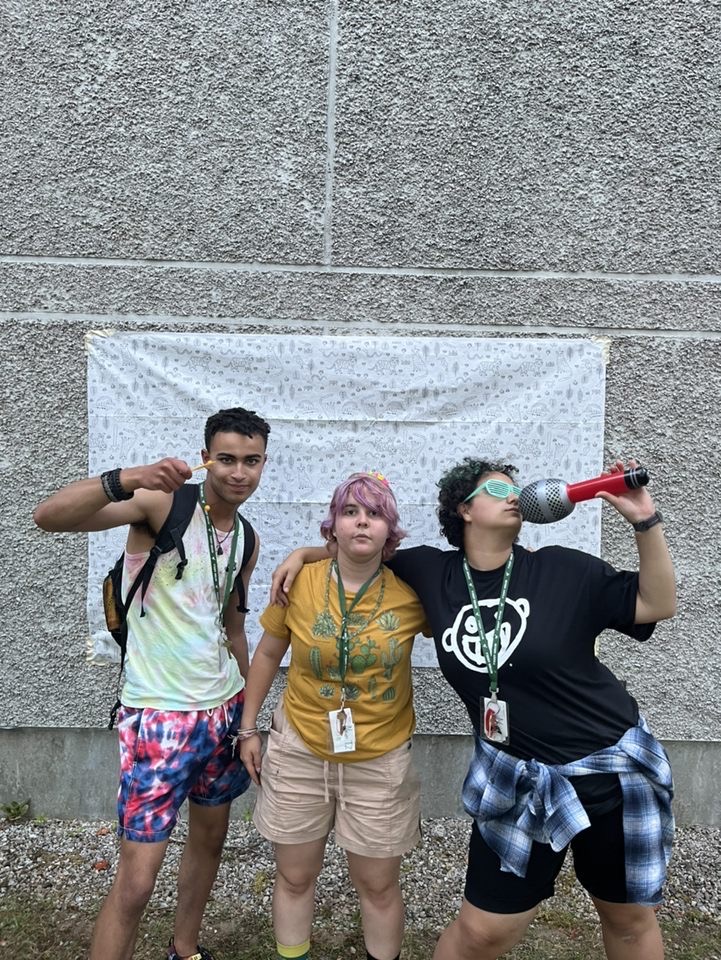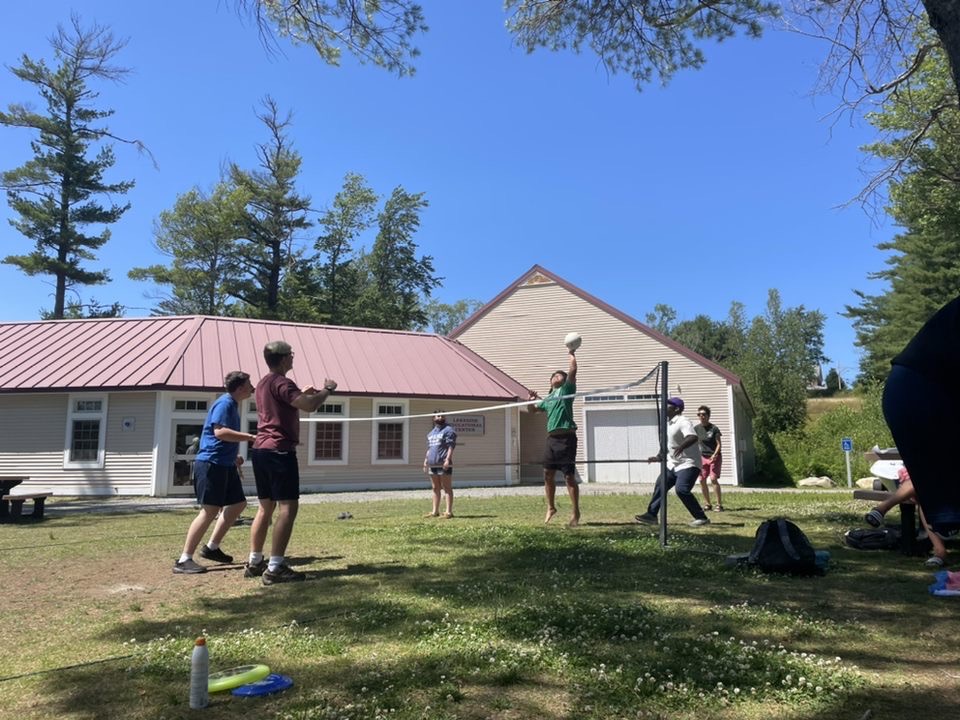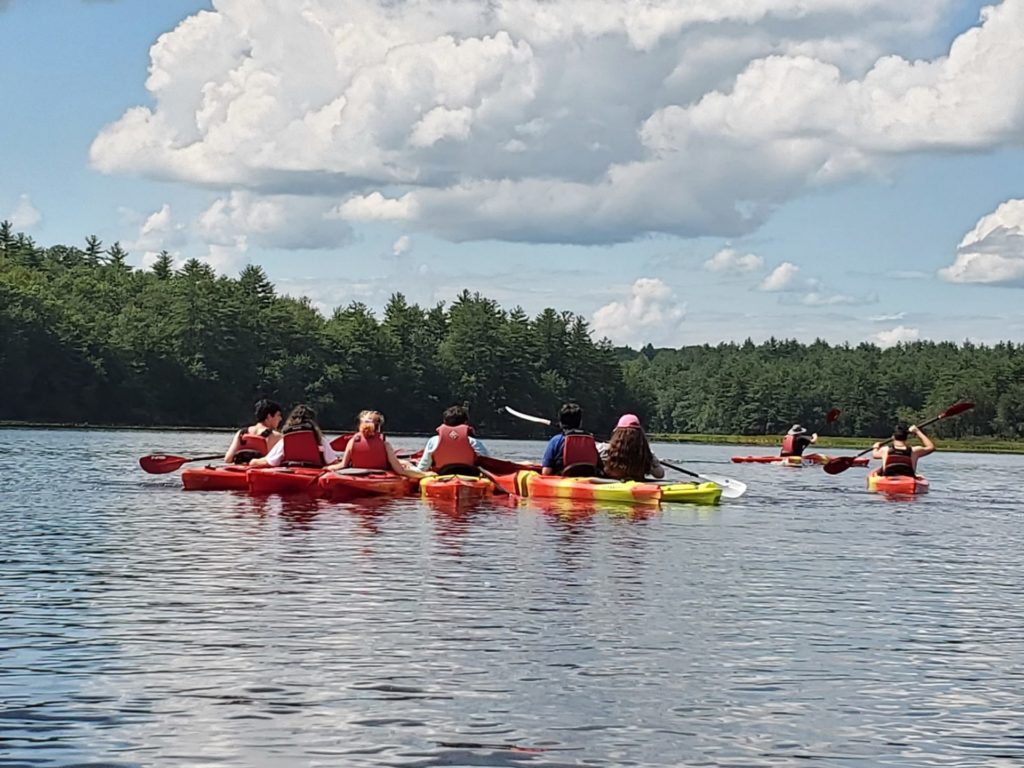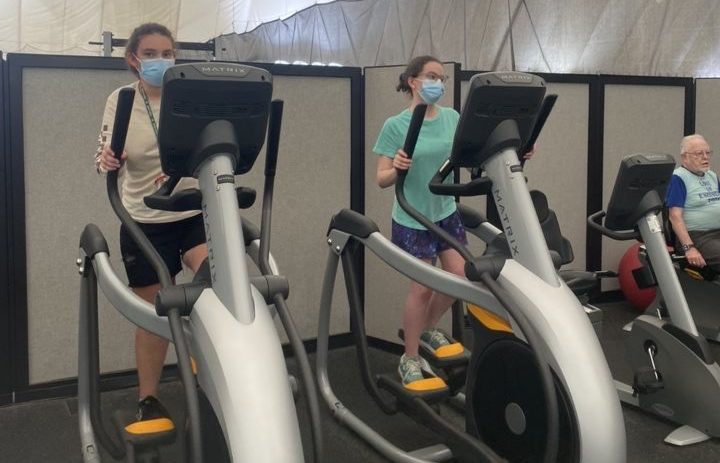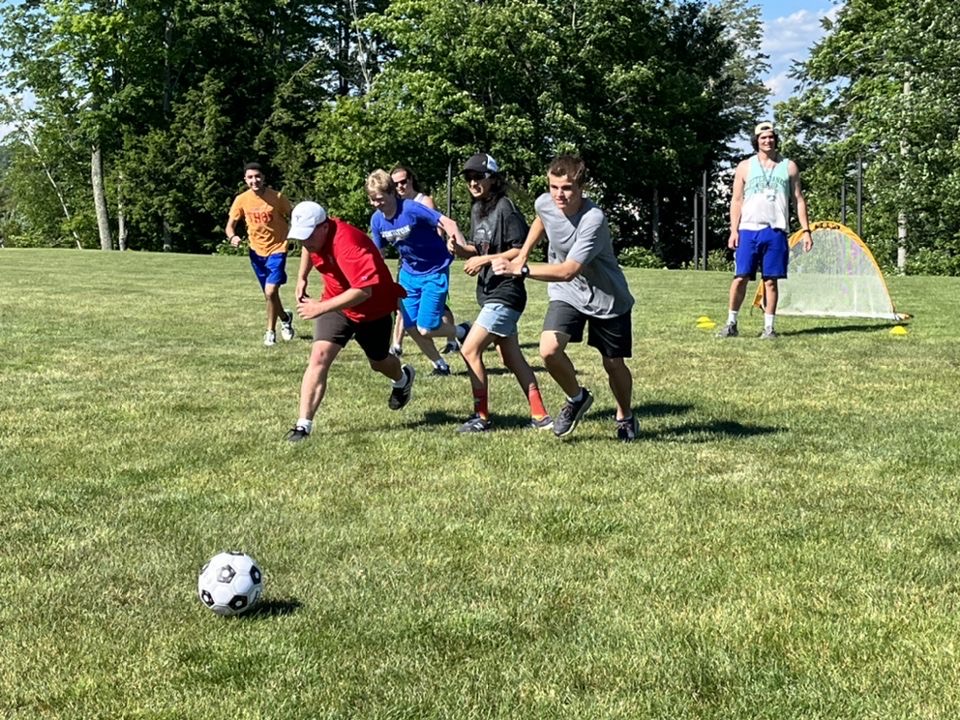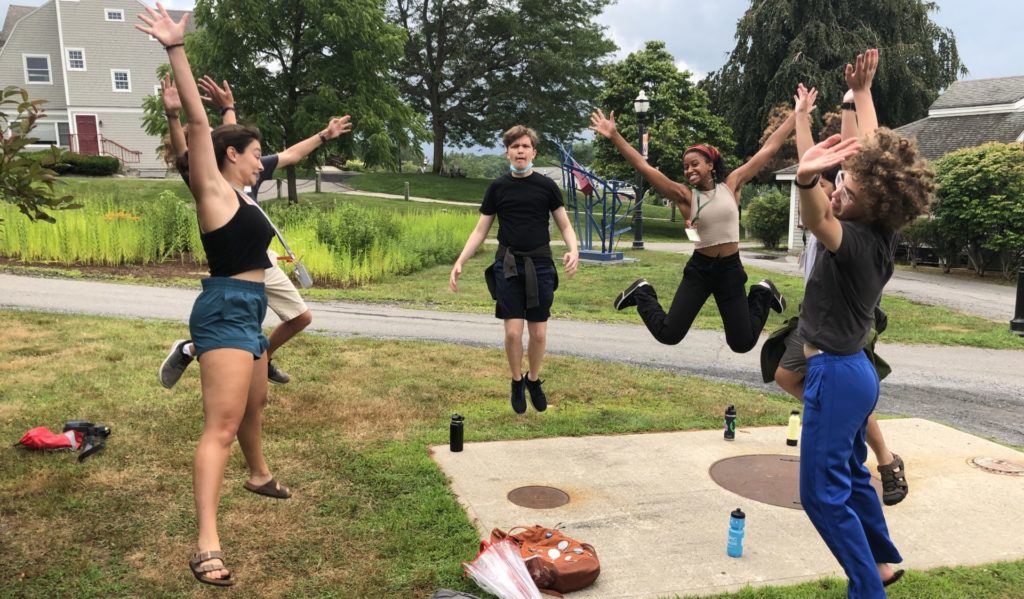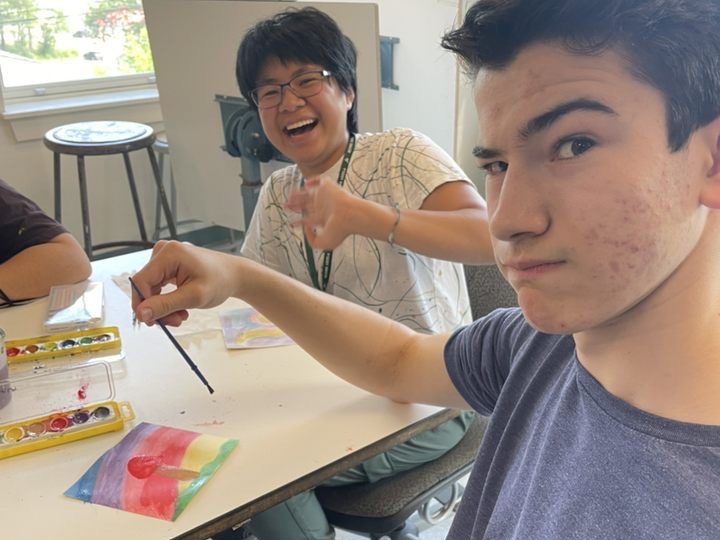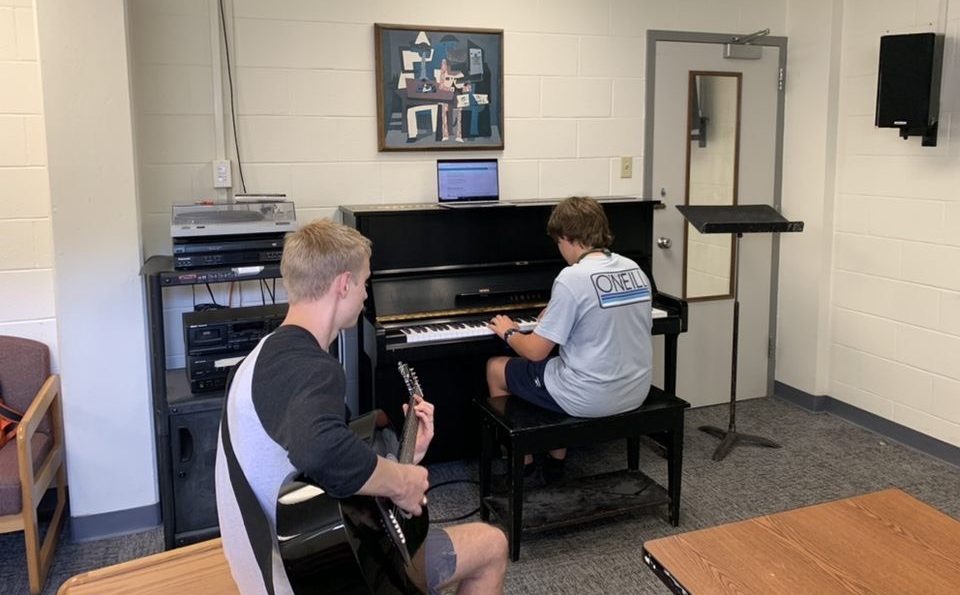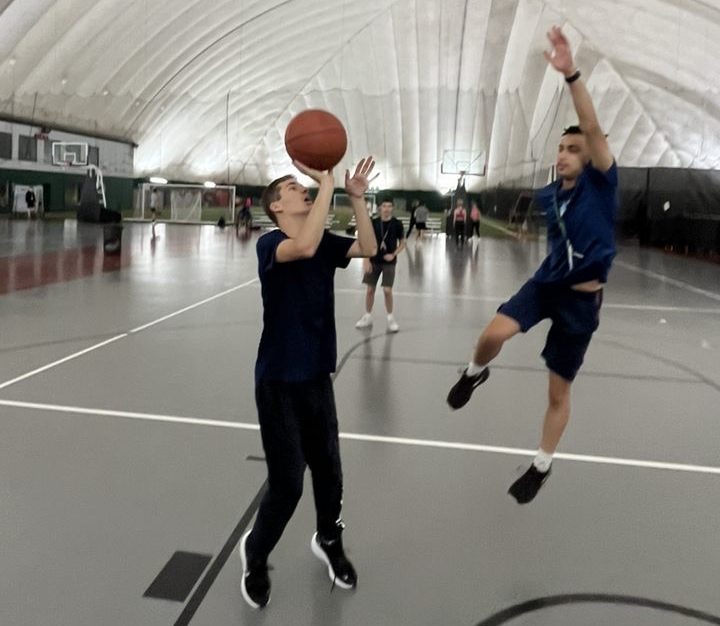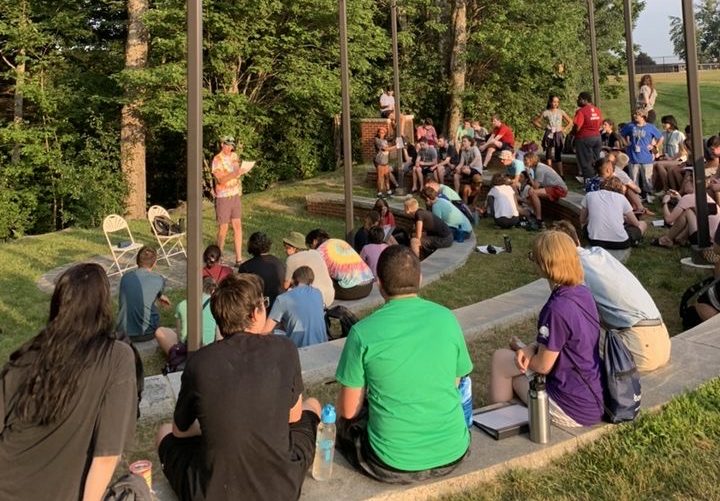During Autism Acceptance Month, Autism advocates challenged schools and media to focus on accepting and celebrating folks with different neurological makeups.
In honor of this celebration, we reflect on some of the critical moments and publications in the evolution of the neurodiversity movement.
Critical Moments in the Neurodiversity Movement
1993 – Jim Sinclair gave a speech titled “Don’t Mourn for Us” at the International Conference on Autism in Toronto. In his remarks, Jim urged folks not to try to change their children or pity them but instead accept them for who they are. He did not use the word neurodiversity explicitly. However, his speech is often referred to as the birth of the neurodiversity movement.
1998 – Harvey Blume published his article “Neurodiversity” in the Atlantic. This was the first appearance of the word neurodiverse in literature.
1999 – Judy Singer published her Master’s thesis titled “Odd People In” and coined the term neurodiversity. She is often credited as the founder of the Neurodiversity movement.
2004 – Amy Harmon published her article “Neurodiversity Forever; The Disability Movement Turns to Brains” in the New York Times. This was the first publication on neurodiversity in a prominent newspaper.
2004 – Kathleen Seidel created the website Neurodiversity.com after her children received an autism diagnosis. The purpose of the website was to honor the differences in human brains.
2005 – Susanne Antonetta published the first book on neurodiversity titled “A Mind Apart: Travels in a Neurodiverse World.”
2006 – The central theme of Autistic Pride Day, celebrated on June 18th each year, was “Celebrating Neurodiversity.”
2009 – Higher education institutions began researching and publishing articles on neurodiversity. One of the first articles published was titled “Student Experiences of Neurodiversity in Higher Education.”
2015 – Steve Silberman published his book “NeuroTribes: The Legacy of Autism and the Future of Neurodiversity,” spreading the framework of neurodiversity to a broader audience.
These activists’ profound efforts and contributions transformed how society understands neurodiversity. Together they are helping create a more inclusive world. While we have a long journey toward an equitable society, we hope that these stories highlight the power research and advocacy can have.
Our teens at Beyond Akeela can make a big difference by sharing their stories, advocating for their needs, and celebrating what makes them unique!




